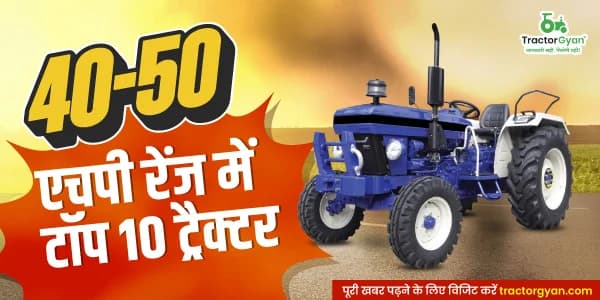What is Sericulture? - Process, Types and Importance of Sericulture
टेबल ऑफ कंटेंट
Sericulture or silk farming in India is the process of cultivating silkworms & obtaining silk from them. Sericulture is a very important agro-based rural industry increasing rapidly in India, which has the potential to generate high income for small and marginal farmers. And it will keep on increasing in the year 2023 to offer better employment to laborers. Sericulture includes domestic silk moth caterpillars known as ‘Bombyx Mori. Bombyx Mori is the most often used silkworm species in sericulture. Other silkworm species (such as Eri, Muga, and Tasar) are also cultivated for the manufacture of ‘wild silks.’
Now, let's dive into more about sericulture definition, sericulture process, and the importance of sericulture in detail.
What is Sericulture?
Sericulture is a silk production mechanism performed by an insect. Sericulture at the commercial level includes the production of silk from silkworms by rearing practices on a commercial scale. The sericulture process involves Mulberry leaf farming, silkworm breeding to convert the leaves to cocoons, cocoon reeling to obtain silk thread, and weaving to convert the yarn to clothes on a large scale. The word Sericulture is derived from the Greek word ‘Sericos’ which means ‘silk’ and the English word ‘culture’ means ‘rearing’.
Moreover, Many different countries’ domestic industries depend heavily on sericulture occupation. furthermore, India and China are the biggest silk manufacturers globally. The combined silk output of these two countries accounts for more than 60% of global production. In India, major silk-producing states are Assam, Punjab, Kashmir, and Karnataka. Plus, the total Silk production in India is approximately 2969 turns per year. India also ranks 3rd in the production of silk. Mysore, Karnataka is the largest silk producer state in India.
Read till the end to learn more about silkworm cultivation, its importance, benefits, and challenges that help you to finalize this occupation for yourself.
Importance of Sericulture

-
Sericulture is an agro-based domestic industry with high employment potential and higher income generation potential.
-
Moreover, it is a budget-friendly occupation for small and marginal farmers offering better returns.
-
Silk is an expensive product used mostly by wealthy societies, because of which transfer of money from rich to poor is guaranteed.
-
Sericulture Farming offers self-employment opportunities to educated unemployed youth in different sectors.
-
Many by-products can also be produced from sericulture activities.
-
Moreover, Mulberry and silkworms have pharmaceutical values in the world.
-
The cultivation of silkworms is also utilized as a tool for genetic and biotechnological studies and research.
-
Silkworm cultivation gives medicinal products, which can be used in medicines.
-
All the sericultural activities are village-based and hence prevent the migration of people from rural to urban areas in search of jobs.
-
Plus, it is a woman-friendly industry and thus plays a vital role in rural women's empowerment
-
The sericulture Farming involves less maintenance and huge returns.
-
It also allows farming silkworms at home for pet feeding.
Benefits of Sericulture Farming

-
High Employment Potential: Sericulture Farming can generate vast employment and is used as a tool for rural economic reconstruction.
-
Provides Vibrancy to Rural Economy: It is estimated that about 57% of the gross value of silk fabrics flows back to cocoon growers.
-
Low Gestation, High Returns: It offers quick production with a low gestation period and high returns.
-
Women-friendly Occupation: In India, 60% of sericulture employees constitute women folk.
-
Best Occupation for the Weaker Section of the Society: Low landholders can even start sericulture occupation. Silkworm rearing on 3/4 acres of land can support a family of three without hiring outside labor.
-
Eco-Friendly Properties: Sericulture contributes to Soil preservation, Manures, Fuel sources, Pollution control, Integrated farming, and Uses of land.
-
Scope for Professional Training: Sericulture departments of different states arrange for training on sericulture to the farmers with a monthly stipend and field training.
-
Facilities for Seri-Culturists: Various facilities are provided such as advanced-staged larvae to the rearers; rearing appliances and other raw materials like mulberry samplings are supplied at a nominal cost to the rearers. Incentive bonus & crop insurance is offered to bivoltine rearers.
Types of Sericulture
Generally, there are mulberry and non-mulberry silkworms. Moreover, 400 to 500 varieties of non-mulberry silkworms are reared by tribals of Asia and Africa. India is the only country to produce all four types of silk by itself, i.e., Mulberry, Tasar, Eri, and Muga.
The following are the types of silkworms:
-
Mulberry silkworm
-
Tasar silkworm
-
Eri silkworm
-
Muga Silkworm
Process of Sericulture

The Sericulture process is carried out for producing silk, which takes place in 3 stages:
-
Moriculture
-
Rearing of silkworm
-
Silk reeling
After completing these three stages, the silk filaments are woven together to form fine threads which then convert into silk.
Moriculture

Moriculture is the Cultivation of mulberry plants, whose leaves are further used as food for silkworms. They can be grown by three different methods - 1) seed cultivation 2) Root grafting 3) Stem grafting
Rearing of silkworm

The variety of silkworms is selected taking into account the climatic conditions of the area, leaf quality, type of rearing house, and rearing equipment. The next process involves the rearing of silkworms with the laying of eggs by female silk moths. Here one single female silk moth produces 300-500 eggs.
The eggs are then collected and disinfected with the help of a 2% formalin solution. The eggs are kept in favorable conditions under appropriate temperatures. The eggs are warmed manually so that the young organism called larvae breaks the shell fast and come out of the egg. Generally, this is done when mulberry trees bear fresh leaves. The young organism produced is called a caterpillar or silkworm. Furthermore, Silkworms feed on the same mulberry leaves and grow in size. Along with mulberry leaves, the silkworms are kept in clean bamboo trays for as long as 25-30 days for the formation of better results. After some time, the cocoon generates silk fiber, and the caterpillar develops into a silk moth.
Silk Reeling

Silk is a natural fiber where two separate fibroins called brins are fully covered with sericin. After the rearing sericulture process the next comes is silk reeling:
The cocoons are collected and boiled or steamed or kept under the hot sun to separate the silk fibers and this process is called stifling. The process of removing silk threads from the cocoon of the silkworm is called reeling. Finally, The harvesting of silk from these cocoons takes place, which is the final stage of sericulture. The filament of threads is separated by using different machines to form reels. Hence, this spinning of silk fibers produces silk yarn or silk thread, which by weaving the yarn further, the silk fabric is produced.
So, this way, silk clothes can be made finally by using silk fabric.
Challenges Faced in Sericulture
There are several challenges faced by Sericulture silk farmers. It can damage their crops and also cause health risks. The following major points are mentioned below:
-
Viral infections such as cytoplasmic polyhedrosis can cause loss of appetite in larvae.
-
Some toxic chemicals produced by mites can kill silkworms.
-
Silkworms are sensitive to several diseases such as pebrine and flacherie.
-
In the silkworm-rearing process, Several pests endanger the healthy growth of silkworm larvae.
-
Dermestid beetle larvae pests can damage cocoons. It also prevents them from producing silk.
-
Leaf spot and root rot reduce the quality of silk which increases the production cost.
Conclusion
Silk is developed from silkworm insects. The rearing of silkworms for commercial application and the process involved is called sericulture. Many by-products are obtained from sericulture operations. In India, Morus alba is commonly used to obtain high-quality silk. Sericulture also involves various benefits in different aspects. Sericulture Farming provides self-employment and high-income opportunities to small farmers as well as to educated unemployed youth in varied sectors.
कैटेगरी
और ब्लॉग पढ़ें
India ranks among the top 10 largest coffee-producing countries in the world. Indian coffee is considered one of the finest coffee in the world due to its high-quality taste. Also, India ranks 8th among the top coffee-producing states in India in 2023 with...
February 07, 2023 | Chennai: TAFE - Tractors and Farm Equipment Limited, the world’s third largest tractor major and manufacturer of the globally renowned Massey Ferguson tractors in India, launched the ‘MASSEY DYNASTAR Contest 2023 - #SabseBadeAllrounder Ki Talaash’- Season 1 - an online search for farmers,...
Manish Arora, a renowned global leader joins Murugappa Group as CEO of their electric tractor division under TI Clean Mobility. The switch happened recently in the month of February 2023.
The switch took the whole industry by a surprise. Before joining Murugappa...
इसके बारे में अपनी टिप्पणी लिखें What is Sericulture? - Process, Types and Importance of Sericulture
.webp&w=1920&q=75)
ट्रैक्टर और कृषि से जुड़े सबसे अधिक खोजे जाने वाले ब्लॉग्स
07 Jan 2026
18 Dec 2025
29 Jul 2025
08 Sep 2025
03 Jul 2025
30 Jul 2025
30 Jul 2025
30 Jul 2025
29 Jul 2025
30 Jul 2025
26 Dec 2025
31 Jul 2025
18 Dec 2025
26 Dec 2025






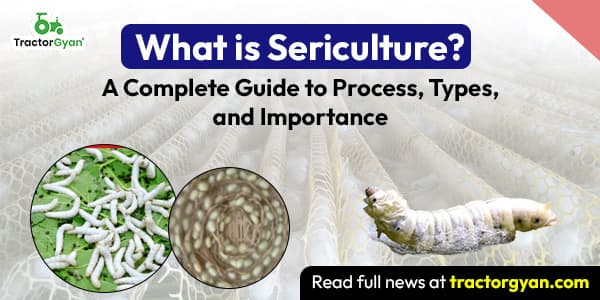



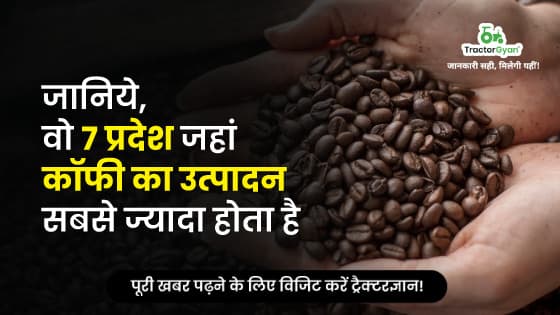


.webp&w=2048&q=75)
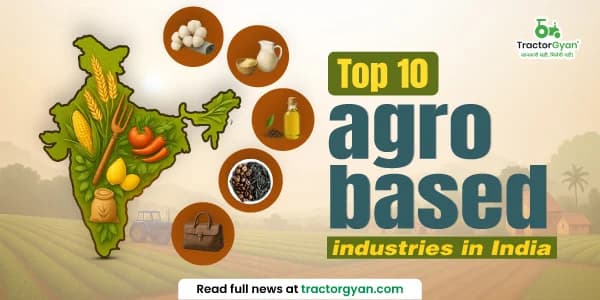
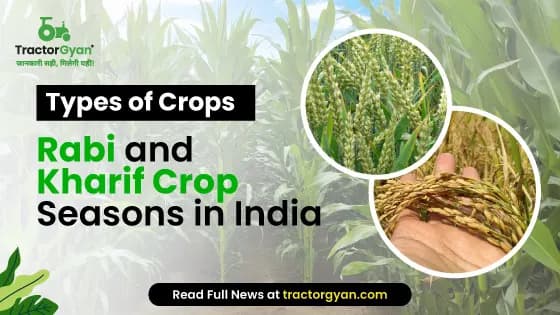


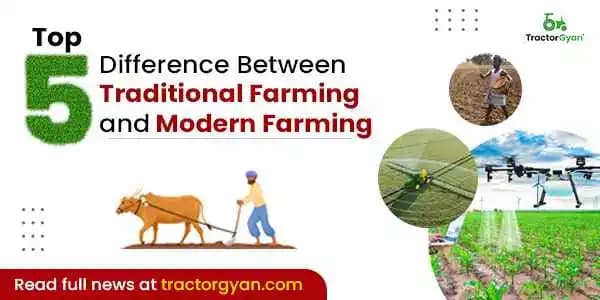

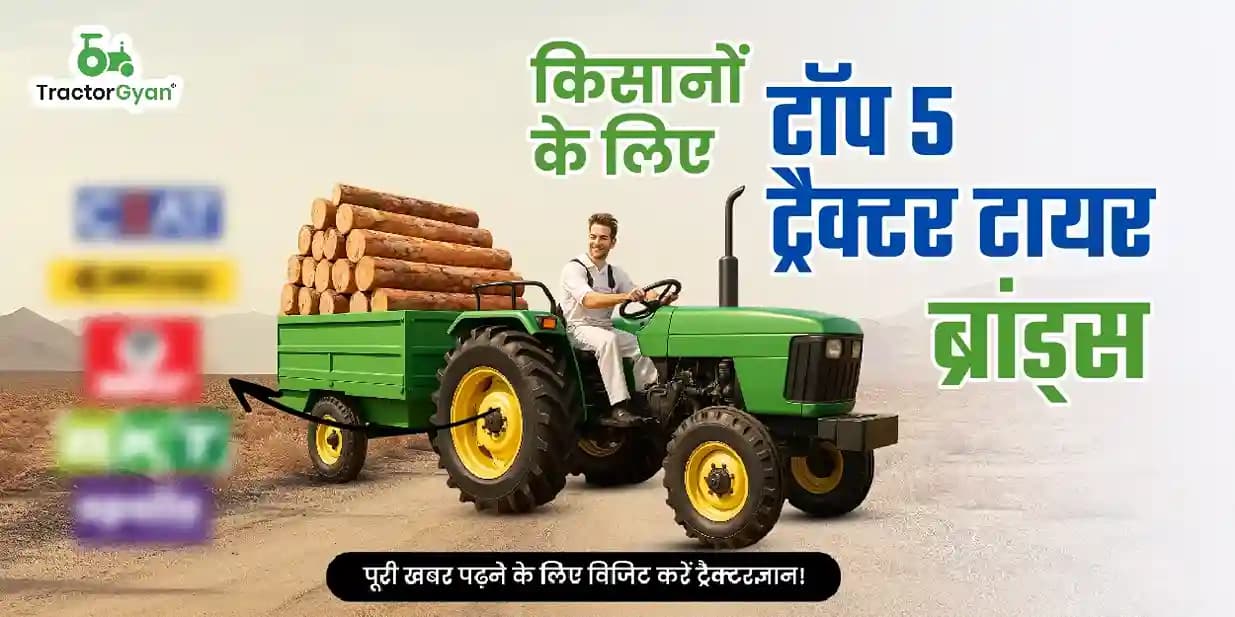



.webp&w=2048&q=75)
.webp&w=2048&q=75)
